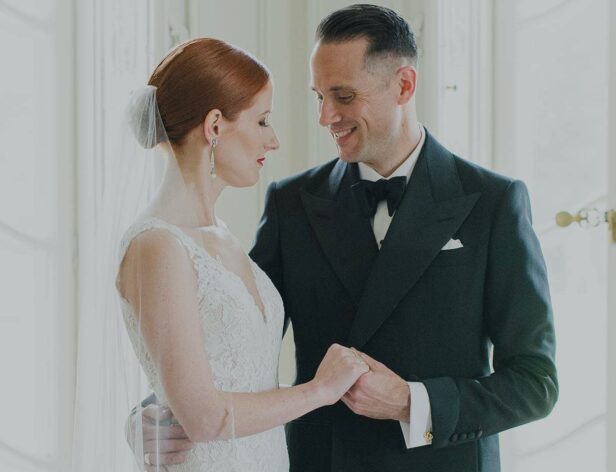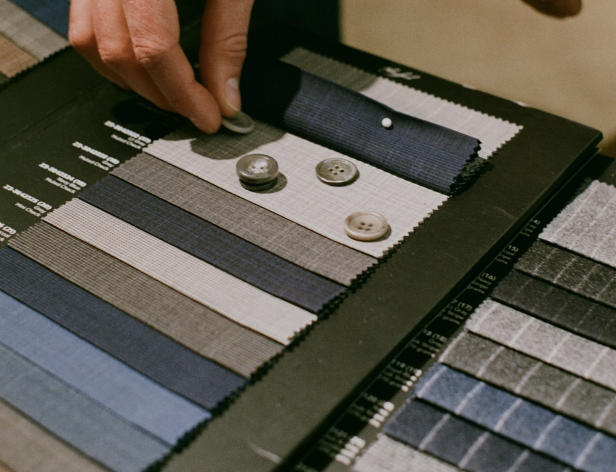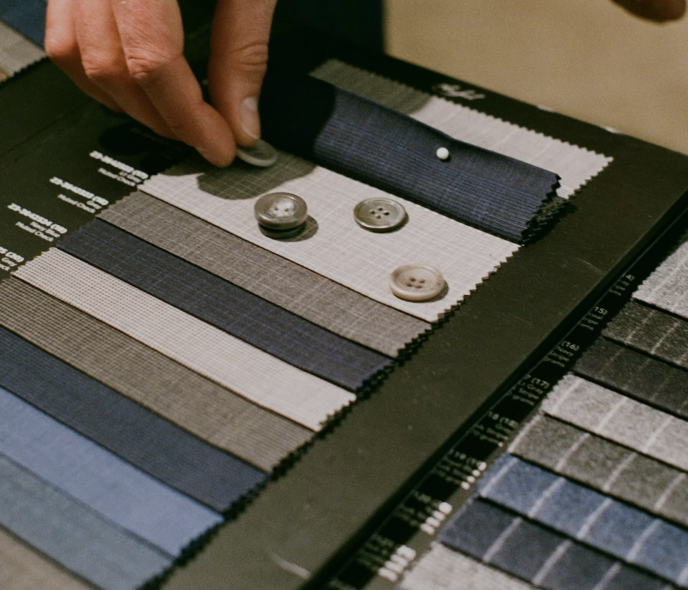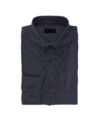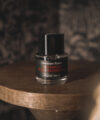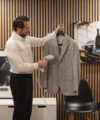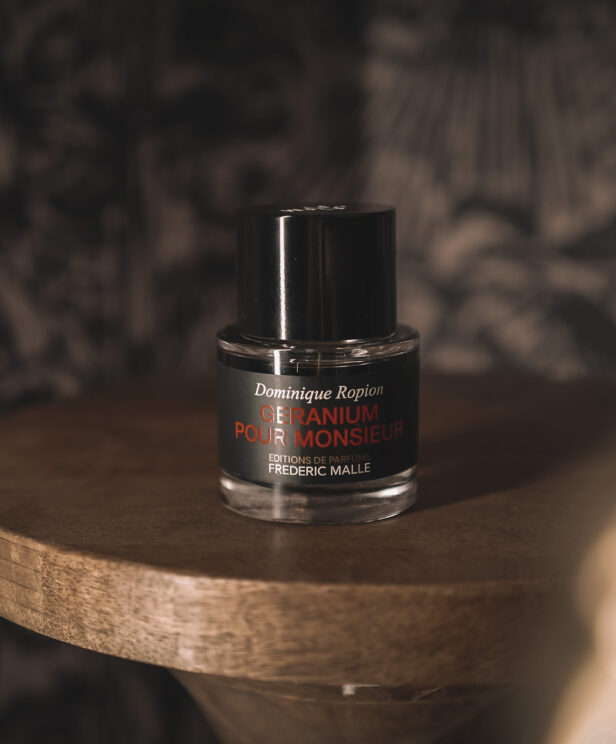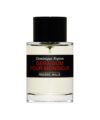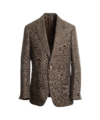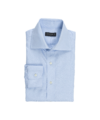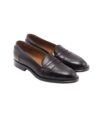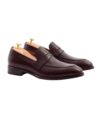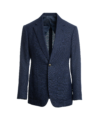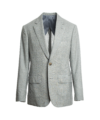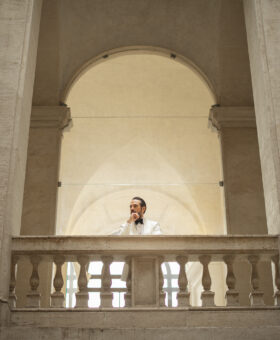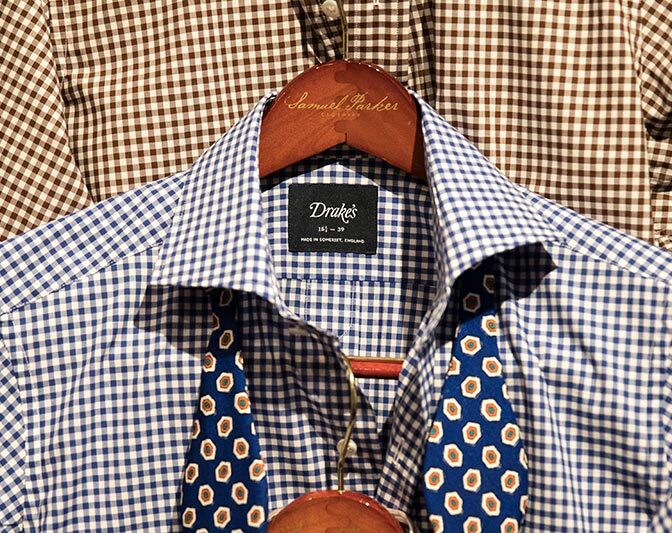
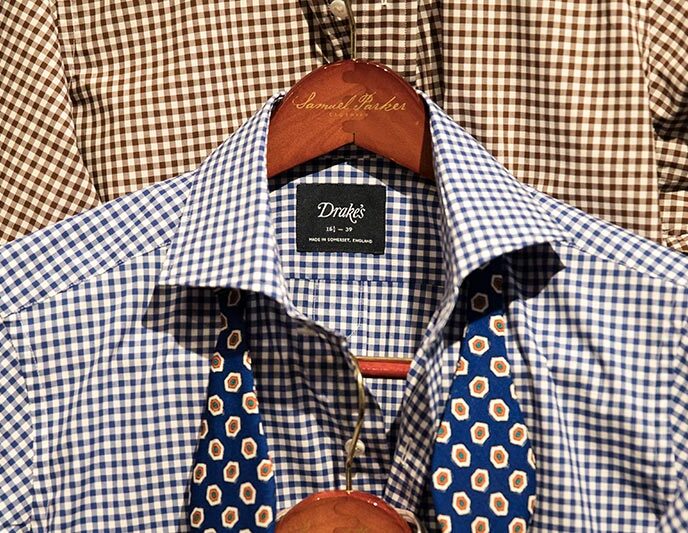
Share
A quick guide to understanding the parts of a dress shirt
Every guy, regardless of how “into” style they might be, has a dress shirt. But like so many of these staples, the difference between a poorly made dress shirt and a quality one can make or ruin an outfit.
And like pretty much anything menswear-related, it’s hard to know quality without knowing the details involved. With that in mind, we’re breaking down the parts of a men’s dress shirt.
The Collar. Moving from the top down, we start with the collar. This will be one of the pieces of any dress shirt where you have the most options for customization. Beyond the actual collar styles, from button-down to spread to tab (and many more), there are also choices in construction.
DON’T MISS: The HSS Guide To Dress Shirt Collar Styles
Fused collars, like fused suits, involve gluing the layers of the collar together. Stitched collars, while usually more expensive, last longer and feel better, coming across less “stiff” and stuffy. On the other hand, you can get more structure out of a stitched collar by incorporating extra strips of fabric between the top and bottom layers.
The Yoke. Take one step down from the collar in the back of the shirt and you hit the yoke, or the panel of fabric that runs across the back of the shoulders. Typically, you’ll have two options here – single or split. The terms are pretty self explanatory; a single yoke is one solid piece of fabric, where a split yoke involves two pieces of fabric that meet in a middle seam.
A split yoke allows for a more personalized fit, especially in a custom shirt, and the additional seam actually allows for a bit more flexibility in a finished garment as well. Again, this will be a bit more expensive, and adds some difficulty when it comes to pattern matching on non-solid shirts.

The Placket. A step down from the collar in the front leads you to the placket, which runs from the collar to the hem down the middle of the front of the shirt. This is where you’ll find both the buttons and the button-holes.
This is another area where you’ll find a wider variety of options, from a french placket, which shows no seams, to a standard placket, with a row of visible stitching on either side of the buttons, to a hidden placket, where a strip of solid fabric covers the buttons entirely.
The Buttons and Buttonholes. Even the buttons and buttonholes will vary from shirt to shirt, largely due to cost. Cheaper shirts will have thinner, plastic buttons, where higher quality shirts will have more substantial hardware, often made of mother-of-pearl.
Buttonholes can be machined to save time and money, in which case the threading is stitched first, and the holes are cut through the stitching. On the other hand, more expensive, hand-sewn buttonholes are cut first, and then stitched for a cleaner, more durable effect.
The Body. Pretty much all of the variation in bodies of dress shirts lies in the fit of the shirt itself. Obviously, slimmer shirts are cut with less fabric in the body, but other customizations can be made as well.
Darts through the back of the shirt lend to an even more tapered fit – great for skinny fellas! – and pleating along the seam of the yoke can offer more comfortability and movement. Signs of quality can be found in the stitching of the side seams, and durability in the presence of gussets where those seams or the placket meet the hem.
The Armholes. The attachment of the sleeves to the body of the shirt happens at the armholes. Non-menswear-enthusiasts probably think armhole construction doesn’t make much of a difference, but aficionados know it makes all the difference in the world.
Cheaply made garments often come with loose, low-cut armholes. While these require far less precision in fit, they also restrict movement and can kill what is an otherwise fitted and tailored look. Armhole construction is also a good indication of quality when one looks at pattern matching and shoulder pitch.
The Sleeves. Like the body of a shirt, the variances in sleeves lie largely in fit. Inexpensive shirts often have baggy sleeves that accommodate a wider variety of body shapes, but don’t really flatter any of them. Quality shirts eliminate extra fabric by tailoring to a person’s specific body shape, fitting slim through the arms and ending without pooling at the wrists.
The Cuffs. Along with collars and plackets, the cuffs are another aspect that can allow for a wide degree of customization. The most obvious options are french cuffs, which attach via cufflinks, vs barrel cuffs, which close with buttons, and the third, less common form of turnback cuffs (a James Bond favorite).
Other customizations include the number of buttons, the cut of the cuff closure, and the pleating where the cuff meets the sleeve – all indications of preference rather than quality. Quality here again comes in the form of stitched vs fused, button materials, buttonhole construction, and the stitching itself.
The Hem. Last, we hit the hem, or the finishing along the bottom of the body of the dress shirt. Where casual shirts end a bit shorter and often have flatter hems, dress shirts have scooped hems that extend in the front and the back in order to stay tucked throughout the day. Again, gussets along the hem where the side seams and the placket end will lend to a shirt’s durability and longevity by reinforcing stress points in the construction.
And that pretty much does it. here can always be more customization options than those we’ve discussed, but if you are familiar with the aspects listed above, you’ll know all the areas to pay attention for both in finding your personal preferences and in making sure you’re getting the level of quality you want in your wardrobe!
Thanks for reading.
Stylishly Yours,
Adam Lehman
He Spoke Style


